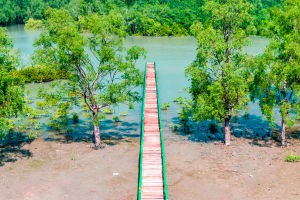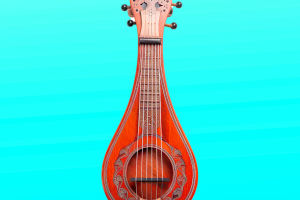Egrets, which are found all over the world, are relatively abundant in China, Japan, the Philippines, and Malaysia.
It inhabits coastal islands, coasts, bays, estuaries and rivers, lakes, ponds, streams, rice paddies, and swamps near their coasts.
They can be seen alone, in pairs or small integrated groups, and occasionally in large groups of dozens together. During the day, they tend to fly to streams, rivers, salt flats, and rice paddies near the coast to move and feed.
Egrets have high-value plumage, with mostly white plumage and long decorative nuptial plumage during the breeding season.
Habits are generally similar to those of other herons, but some species have courtship displays, including showing off their plumage.
They nest in large flocks and are defenceless, and as a result, are endangered by indiscriminate human predation.
They are wading birds that feed on small fish in shallow water, amphibians, reptiles, mammals, and crustaceans. It builds large messy nests in trees or shrubs, or on the ground.
Feeds mainly on a variety of small fish, but also eats animal foods such as shrimp, crabs, tadpoles, and aquatic insects.
It usually strolls along rivers, salt flats, or pecking in water fields. Its long mouth, long neck, and long legs appear to be very convenient for preying on animals in the water.
When feeding, it gently wades in the water and strolls forward, eyes constantly looking at the small animals moving in the water.
And then suddenly pecks with its long beak into the water, pecking the food accurately into its mouth.
Sometimes they stand at the water's edge, waiting for an opportunity to feed on passing fish.
Egrets are naturally beautiful.
The egrets are graceful and graceful in their movements and are extremely graceful and graceful.
When standing, the egret is standing with its wings gathered, its neck extended or retracted, and its long legs easily supporting its snow-white body, just like "a gentleman in snow standing on the island".
When walking, the egret's neck is contracted into an S-shape, and its gait is light and steady, making it feel at ease.
The egret has two long legs, a pointed beak, a long neck, and snow-white feathers all over. When the egrets fly against the water, the reflections in the water are beautiful.
Some of the egrets resting at the fish pond are grooming their feathers, some are standing at the water's edge admiring their reflections, and some are watching the movement of the water.
When flying, the egrets have an S-shaped neck and straight backward legs, slowly puffing out their broad wings and heading straight for the clouds, yet calmly. Egrets also have the habit of "flying in a flock", so you can often see the beauty of "a line of egrets in the sky" in the egret habitat.
It can be said that the elegance and nobility of the egret are comparable to that of the white swan.


